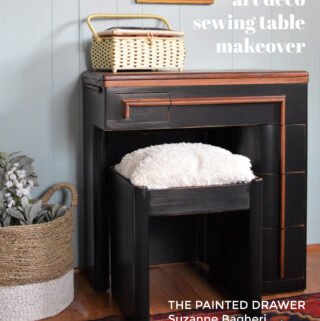We tend to think of our homes in terms of how well decorated and comfortable they are, but, increasingly, we have to think in other terms too. For example, how eco-friendly is your home? There’s no avoiding that impact of climate change, and the understanding that we have to change how we live. These changes will have to take place across all sectors of society, including our homes. Fortunately, this isn’t something that should feel overwhelming or scary. It’s possible to make your home more environmentally friendly just by making a few changes. Below, we take a look at some of the key steps you’ll want to take.
Find Your Flaws
The first step will be to identify your home’s environmental shortcomings. It’s all good and well taking proactive steps to improve things, but they’ll count for little if you’re making some fundamental errors that you’re unaware of. If you’re serious about making some changes but don’t know where to start, then consider hiring an outside expert to review your home. They’ll be able to point out where you’re going wrong and how you can overcome the problem.
Energy Sources
The actual home itself won’t have a detrimental impact on the environment. It’ll be the energy that powers the home that’ll do that. The four walls and ceiling are just minding their own business, after all. So take a look at where your energy comes from, and look at ways to improve things. One option is to work with solar panel installers and get your energy from an entirely renewable source. If that’s not an option, then you could look at the energy credentials of your current supplier. If they’re not as clean as other suppliers in your area, then make the switch.
In the Yard
It’s not just the home itself that you’ll want to think about. You should also consider what’s inside your home, including your furniture (more on that below) and your food. Many of us don’t realize that our food habits are one of the biggest factors when it comes to our carbon footprint. It’s just not sustainable to buy veggies that were grown on the other side of the country from where you live, or even in another country altogether. One way to get around this earth-damaging practice is to grow your own vegetables in your yard. Not only is this easier than you might imagine to get underway, but it can also be deeply fun and satisfying. You can even consider adding chickens to your yard, too, and enjoy fresh eggs every morning.
Upcycled Furniture
And what about your furniture? Buying new furniture all the time leaves a big carbon footprint behind it. Instead, look at upcycled furniture. These are second-hand pieces that have been restored (and often upgraded). You can do it yourself or leave it to the experts. The benefits of this type of furniture go beyond the minimal environmental impact, too — they’re often unique (and thus more interesting) and also cheaper.

Please note that some of the links above and below are affiliate links, and at no additional cost to you. All opinions are my own.








